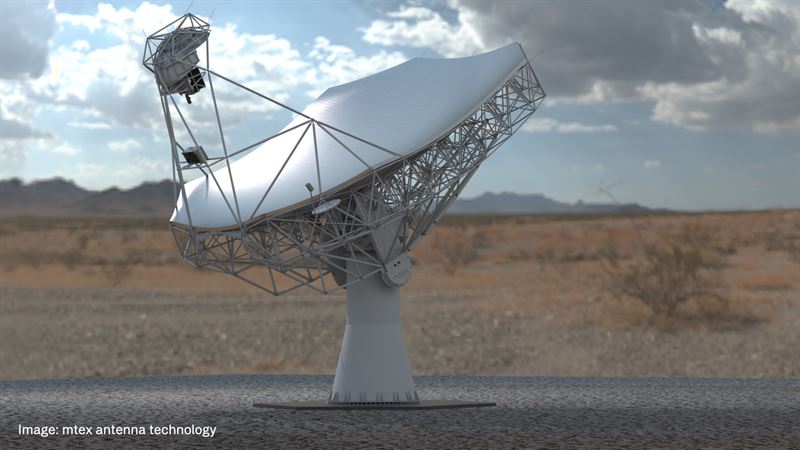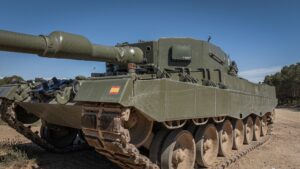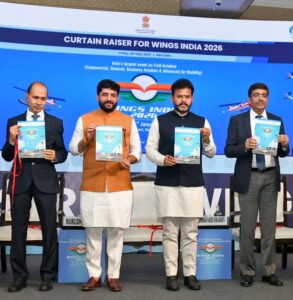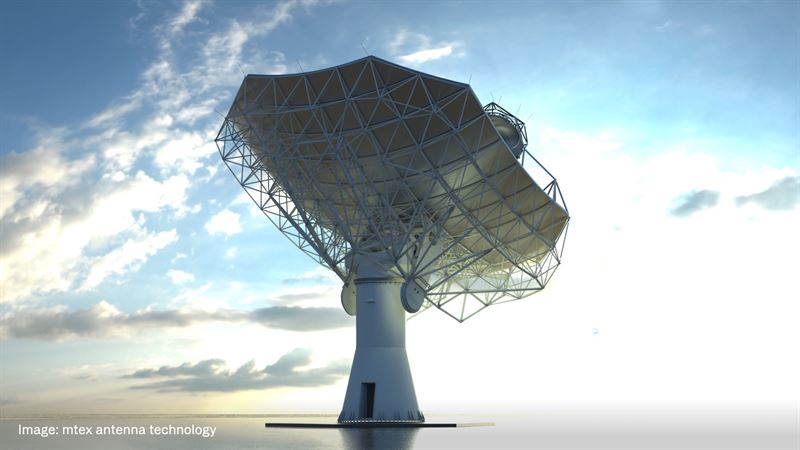
As the next generation Very Large Array navigates towards its key science goals, SKF’s technology is playing a pivotal role in charting the stars.
SKF is providing key components for the next generation Very Large Array (ngVLA), a $2 billion telescope system that aims to peer deeper into the universe than ever before.
The U.S. National Radio Astronomy Observatory (NRAO) is planning the ngVLA to replace the highly successful Very Large Array, a group of 28 radio telescopes that have been operating in the New Mexico desert for more than 40 years. The new, more advanced and ambitious project will include 244 antennas arranged in a series of spiral arms on the current VLA site. Another 30 dishes will extend these arms more than 1,000 km across the Southwest, with additional dishes positioned across the continental United States, Hawaii and Puerto Rico to create a truly continental virtual telescope.
SKF technology will be integrated into the elevation control system of the prototype ngVLA antenna currently under construction by mtex antenna technology gmbH, a specialist in advanced radio telescope projects based in Germany.
SKF and mtex have worked together for more than two years and defined a bearing solution that could meet the telescope’s requirements for high load capacity, low friction and extreme precision. In use, the system must be able to point the antenna with an accuracy of less than one thousandth of a degree, while continuously adjusting its position to compensate for the effects of wind and the Earth’s rotation. 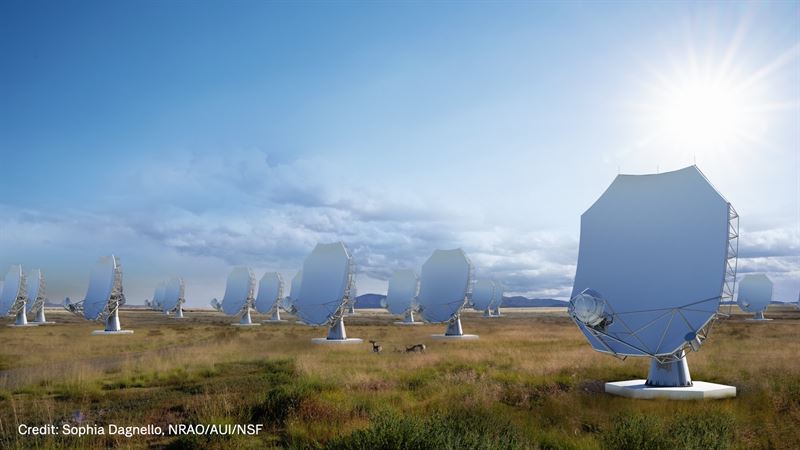
The prototype elevation control system includes two 720 mm SKF spherical roller bearings manufactured to unusually high accuracy to minimize thickness variations that could cause the antenna to wobble during motion. The bearings are mounted on tapered sleeves that allow the final clearance to be precisely adjusted during assembly to further reduce radial runout during operation. Finally, an SKF automatic lubrication system will minimize stick-slip and reduce friction and wear during telescope operation.
The prototype antenna will be installed at a test site in New Mexico later this year, before undergoing extensive testing over the next 18 months. If all goes according to plan, the NRAO will begin large-scale production of antennas for the ngVLA project in 2027, supporting a construction process that is expected to take a decade.
